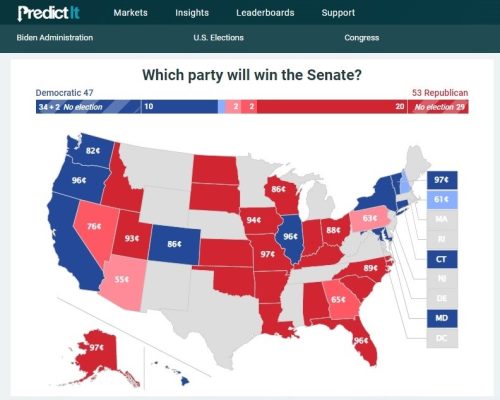Having sensed that my public is calling: “In fair Springfield, where we lay our scene …”
Statistics
Anti-Concepts
One often reads that “gun violence” is a unitary concept, as in a recent paper entitled “Trends and Disparities in Firearm Fatalities in the United States, 1990-2021“. Yet once you go beyond the headlines, you quickly realize that (perhaps aside from some gun-related accidents) there are two primary and very different categories: homicides and suicides.
According to the paper, in 2021 the homicide rate was highest among black men age 20-24 (141.8 fatalities/100,000 people) especially in urban areas, and the suicide rate was highest among white non-Hispanic men age 80-84 (45.2 fatalities/100,000 people) especially in rural areas (check out the “heat maps” in the paper). Aside from the fact that men were involved on both counts, young urban black men and old rural white men have very little in common with regard to their activities and their reasons for pulling the trigger.
Because calling members of both categories victims of “gun death” makes as much sense as saying that people who die in floods and people who die in boating accidents are both victims of “water death”, it’s pretty clear that the anti-concept of “gun violence” is meant to serve the agenda of those who want to outlaw firearms, not to provide any useful guidance on how to prevent homicides and suicides.
What are some other good examples of such anti-concepts?
Midterms and Mayhem
Abstract: A “red wave” midterm election seems about to occur. Notwithstanding the apparent (relatively) recent precedent of the 1994 midterms, the eight weeks from Tuesday 8 November 2022 to Tuesday 3 January 2023 may become the most challenging period to date in the entire history of the American constitutional order, not excepting the “Secession Winter” following Tuesday 6 November 1860. A broadly similar situation would almost certainly exist if the relative positions of the major political parties in the US were reversed. Even with alarming possibilities in view, this post is intended to promote constructive apprehension, not mere fearfulness.

Like all good students at our eponymous institution, you get the theoretical elements first, then more practical aspects, and falsifiable predictions at the end.
Rapò Sitiyasyon Ayiti
Most problems were not problems long enough to be interesting.
— Larry Niven, PROTECTOR
Haiti has remained a problem long enough to be interesting.
Did the Computers Report or Structure Voting Results?
My brother sent this link to three engineers from three different party backgrounds who have examined the patterns in Michigan precincts. They seem quite sure that an algorithm has been applied to the precincts that were more heavily Republican; the pattern in these precincts are remarkably similar. They seem to have had some experience not only with computers but with voting machines (one is an election commissioner and another had run for office).
I remember my awe years ago at Shannon Love’s analysis of arguments in the Lancet and how interesting and insightful his analysis was. I have learned nothing since then, so can’t judge these men’s methods but their graphs do appear to make their points – ones that fit my intuitions but perhaps it is merely my hopes.
I would like to know what the many more knowledgeable people here think about their presentation; it is longish and could be smoother, but I’m thankful for their effort to reach people like me and found it absorbing.